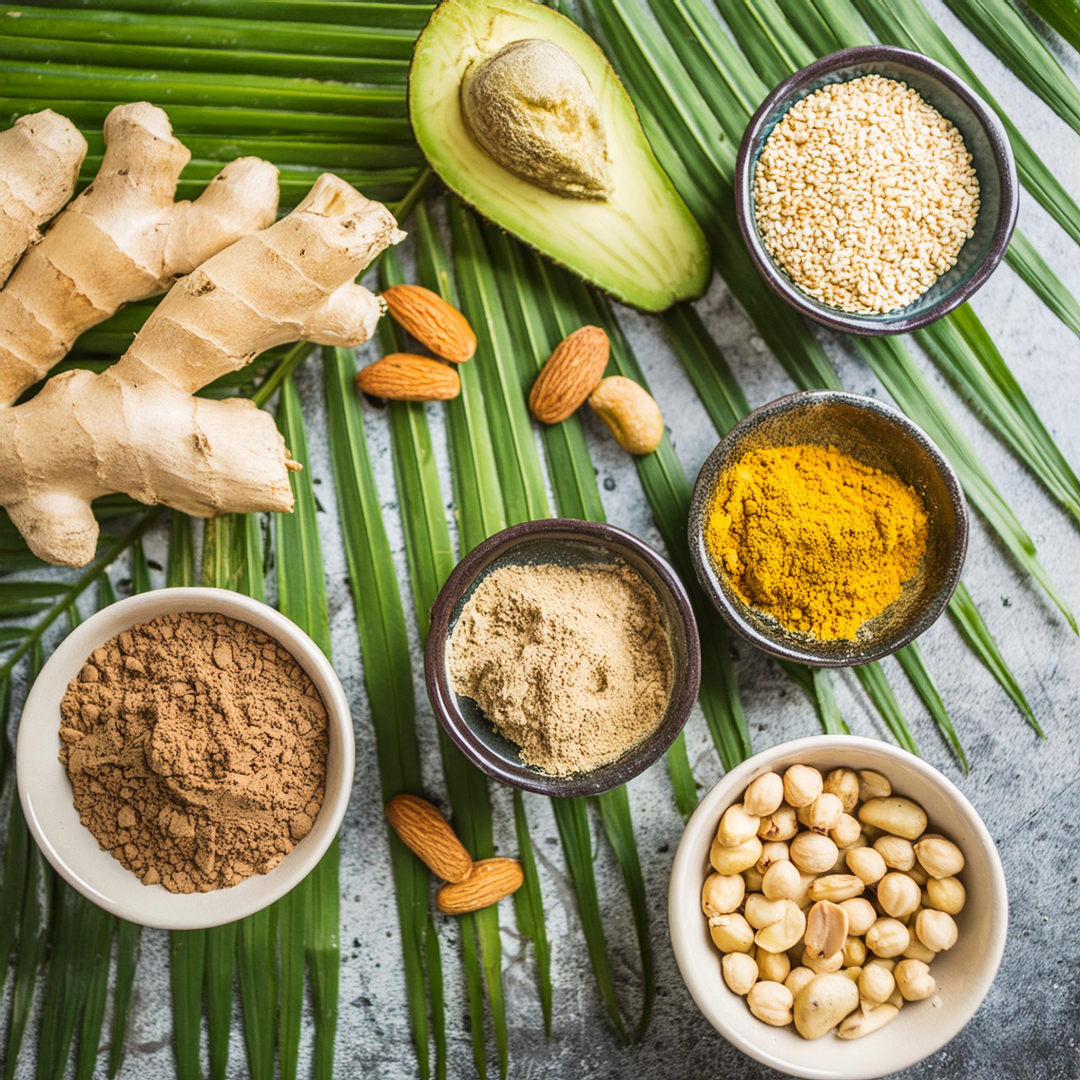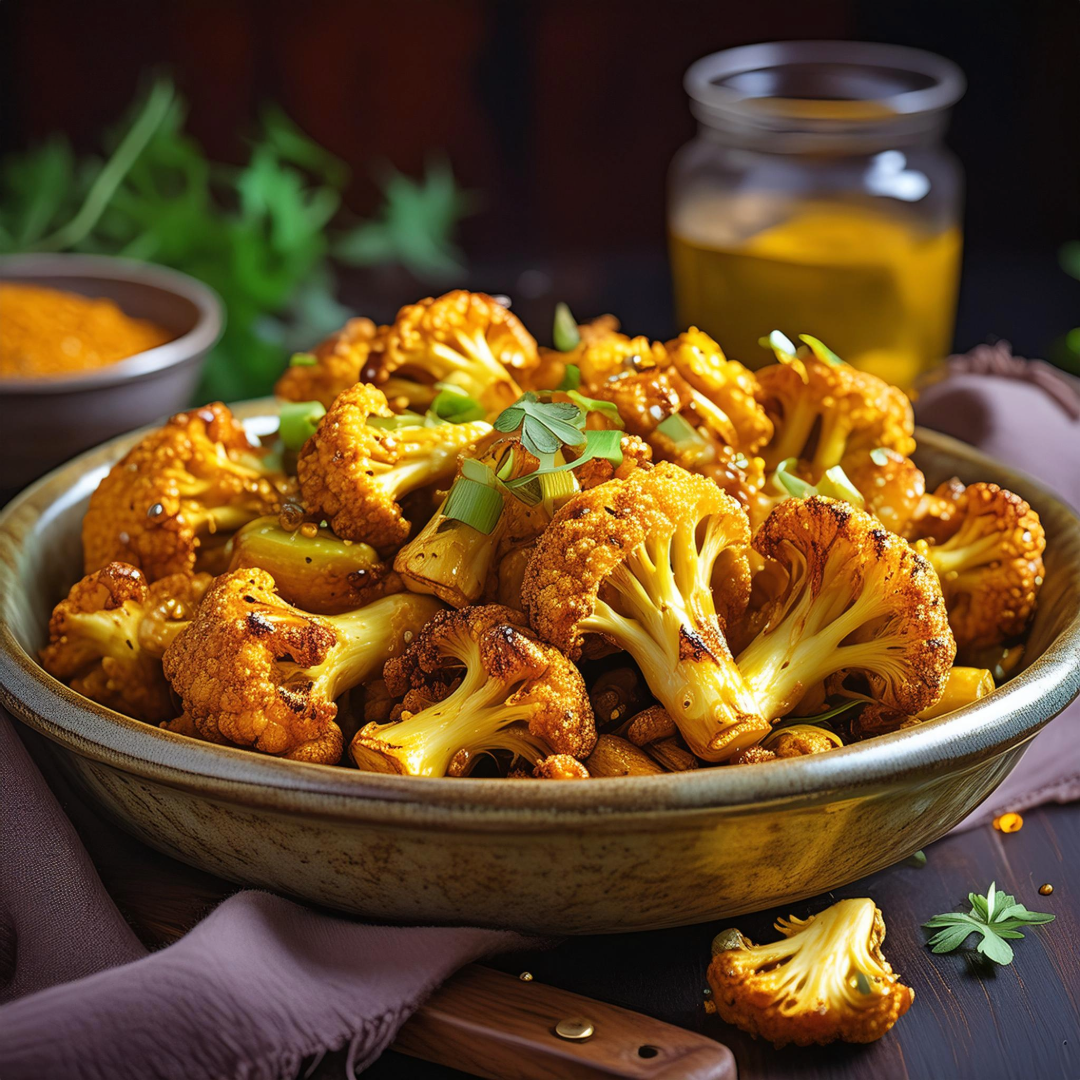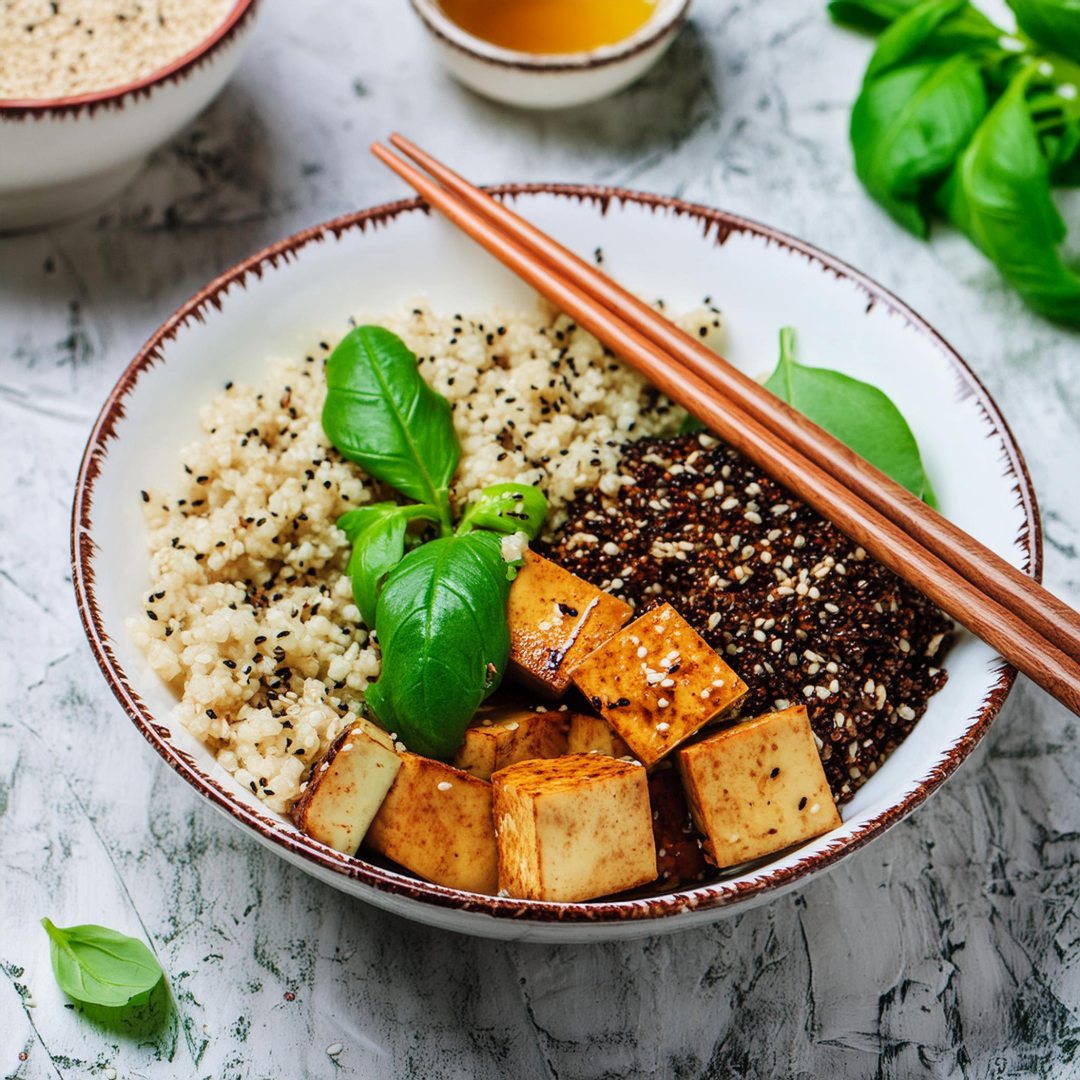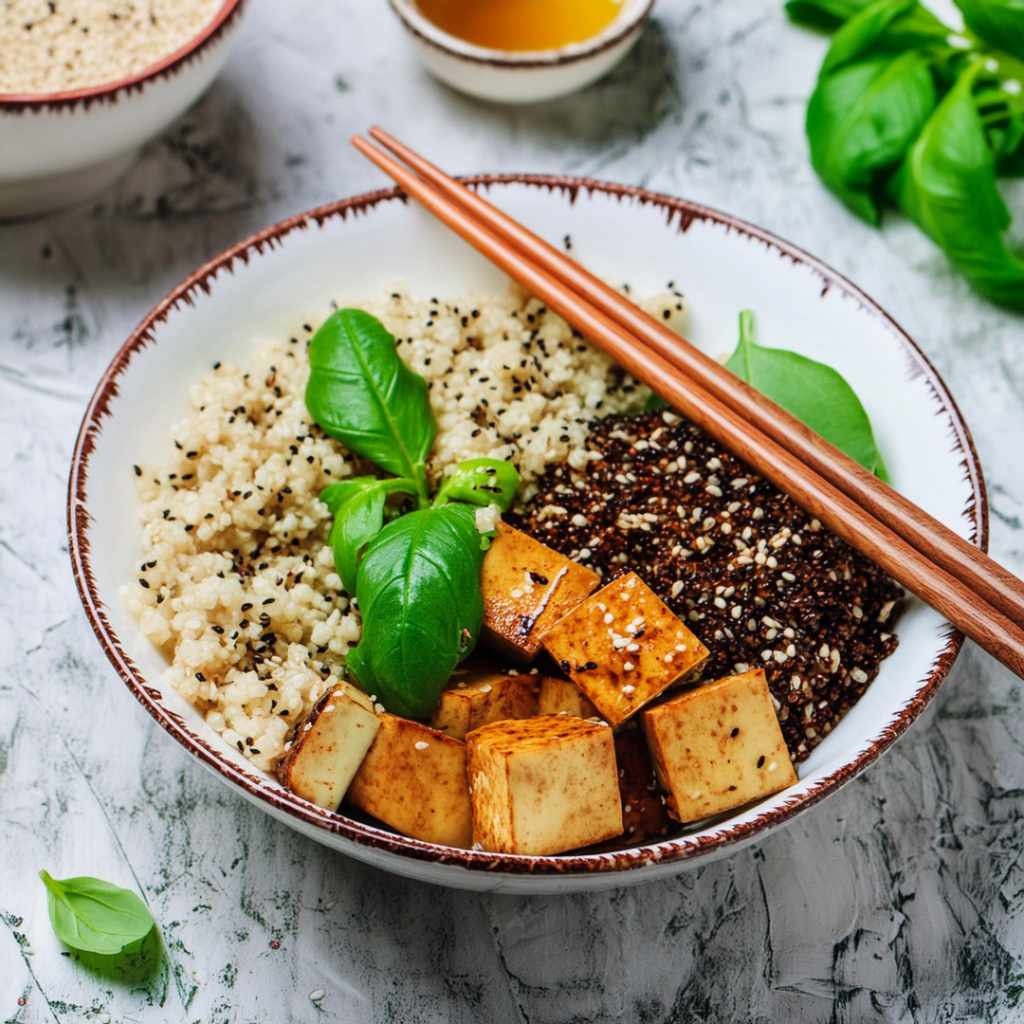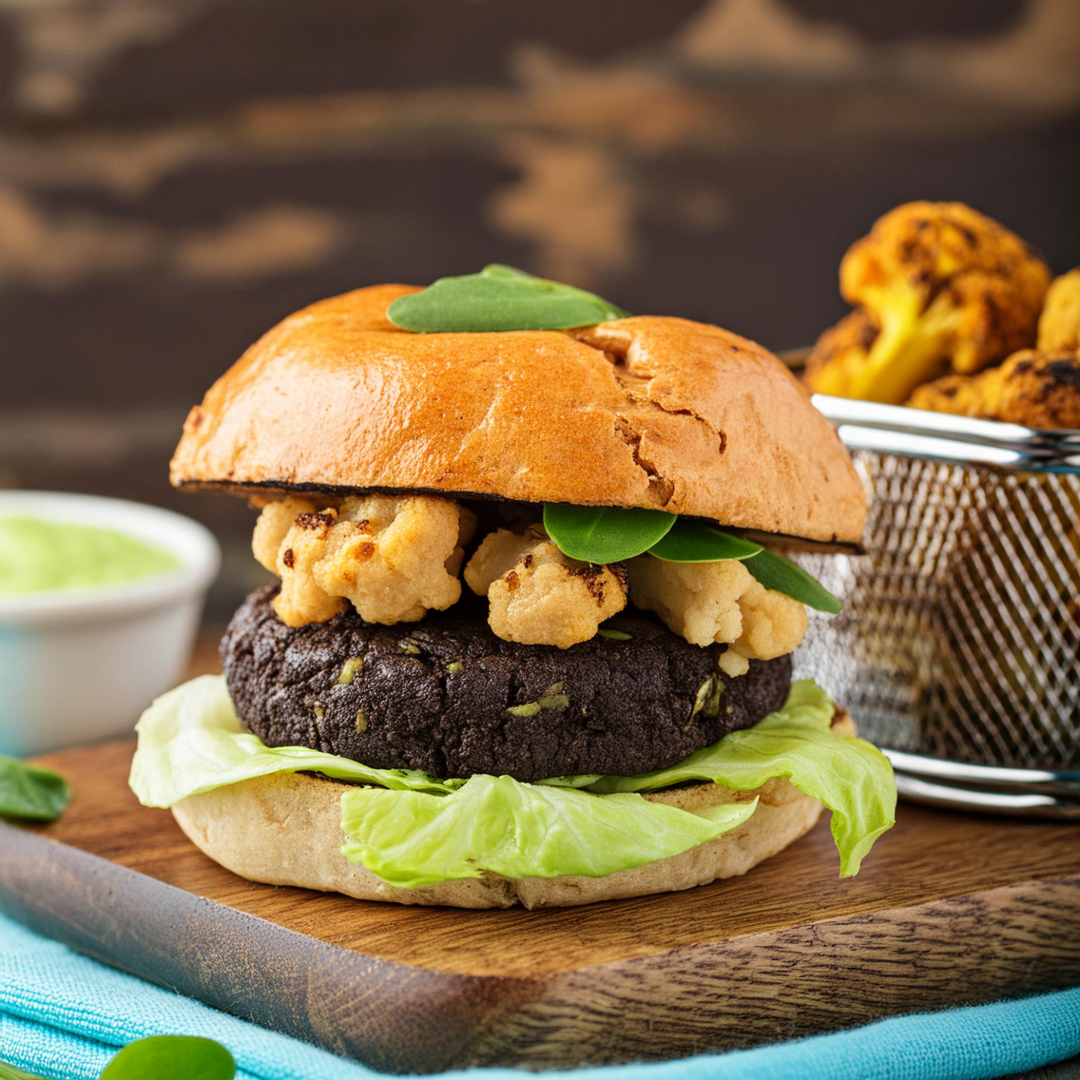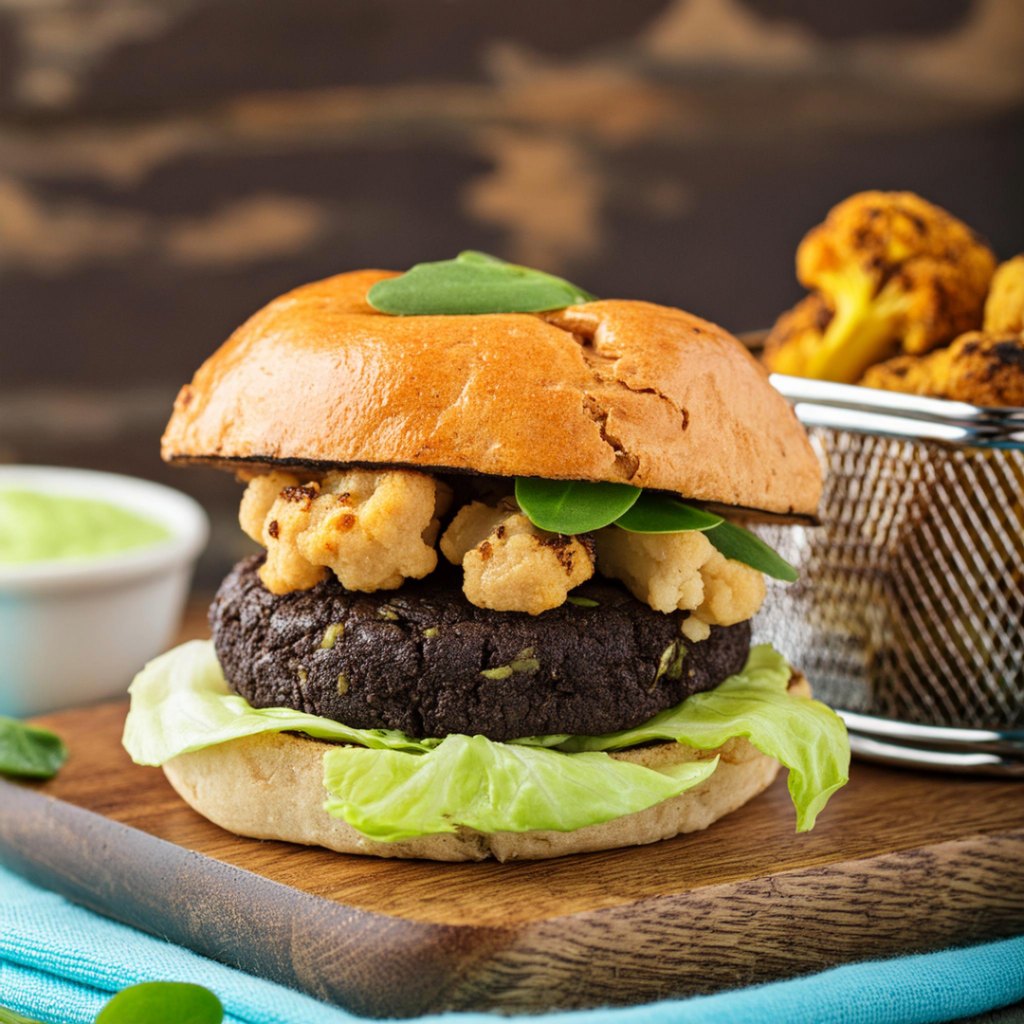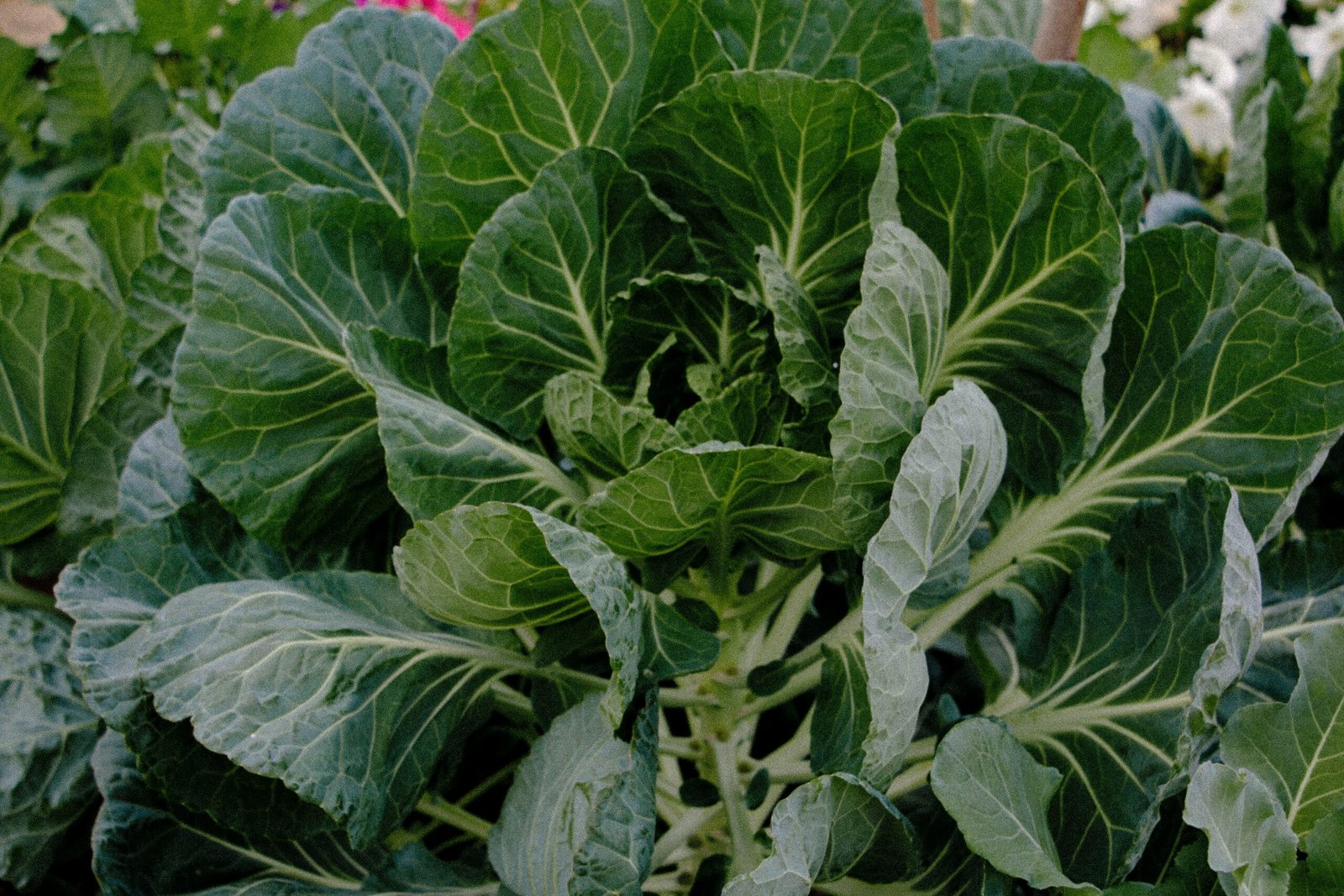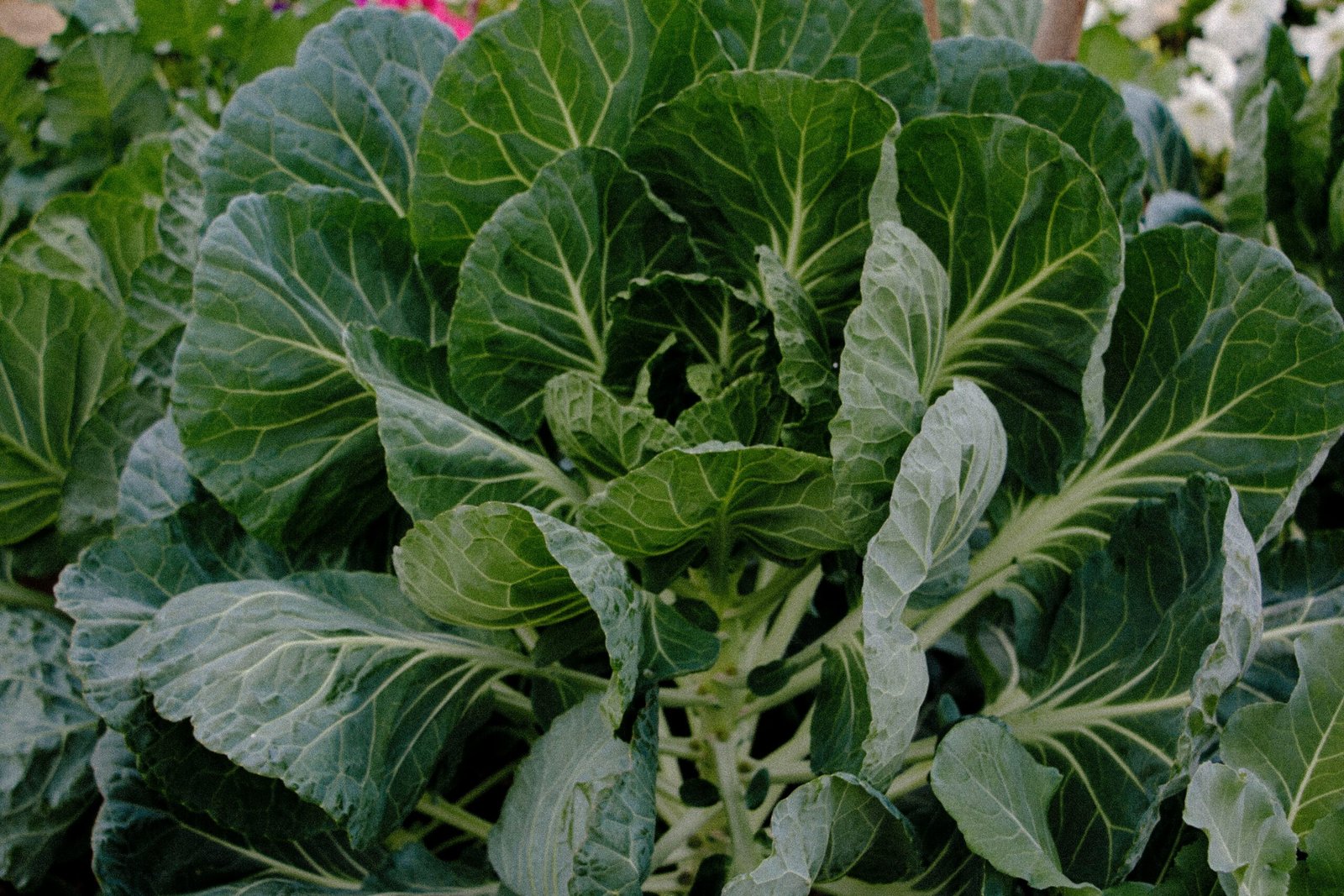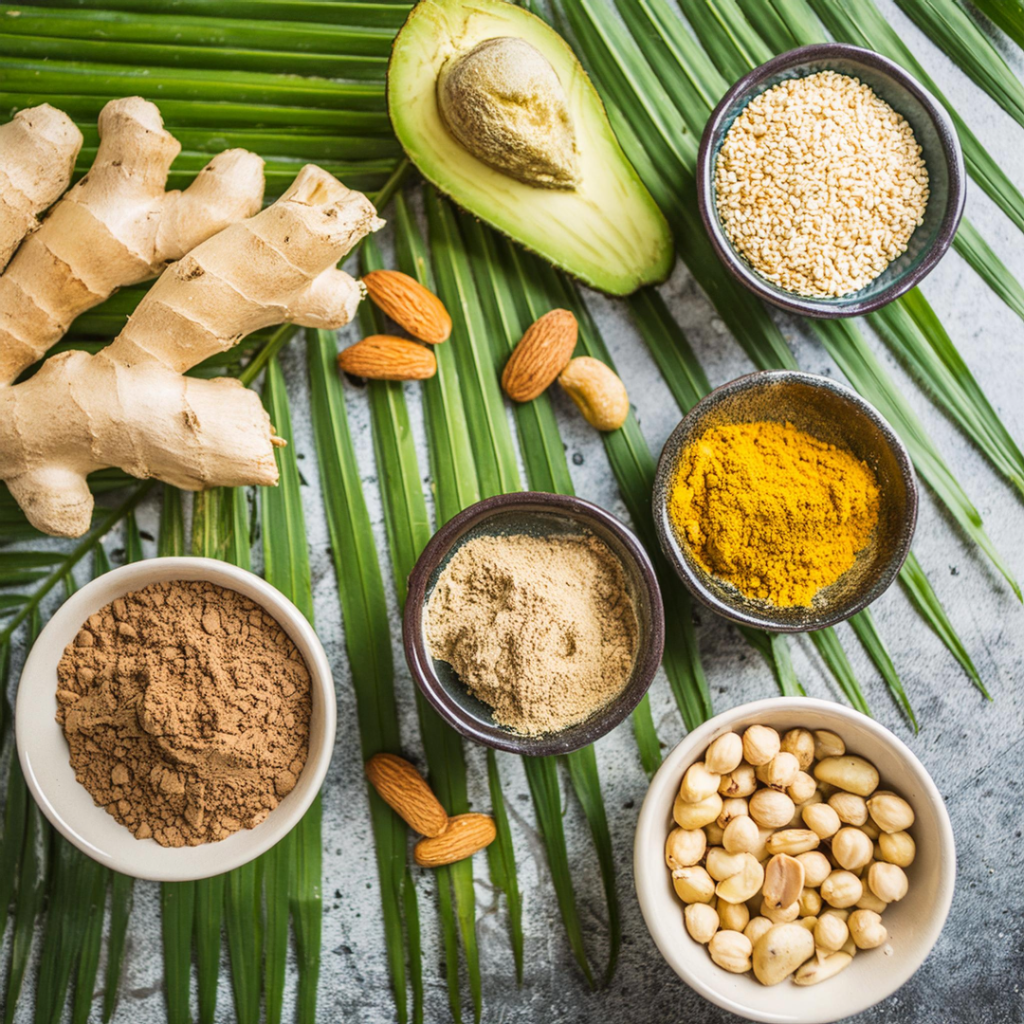
Introduction: The Rise of Vegan Athletes
In recent years, the athletic community has witnessed a significant rise in the number of vegan athletes. This shift toward plant-based diets is driven by a combination of ethical, environmental, and health considerations. High-profile athletes such as tennis champion Venus Williams, ultramarathoner Scott Jurek, and NBA player Chris Paul have publicly embraced veganism, demonstrating that plant-based diets can sustain and even enhance high levels of physical performance. Their accomplishments serve as powerful testimonials against the outdated notion that animal products are essential for athletic success.
Despite the growing popularity of veganism among athletes, misconceptions persist. One common belief is that vegan diets lack the necessary protein and nutrients to support rigorous training and muscle recovery. This blog aims to debunk such myths and provide evidence-based guidance on vegan sports nutrition. By examining the dietary habits and nutritional strategies of successful vegan athletes, we can better understand how a well-planned vegan diet can meet the nutritional demands of intense physical activity.
The rise of vegan athletes also underscores a broader trend towards more sustainable and ethical food choices. The environmental impact of meat production and the ethical concerns surrounding animal welfare are significant factors driving this movement. As more athletes turn to plant-based nutrition, they not only improve their own health and performance but also contribute to a more sustainable future. This blog will explore these aspects, offering practical advice for athletes considering or currently following a vegan diet.
Through a detailed examination of vegan sports nutrition, we aim to provide a comprehensive resource that addresses the nutritional needs of athletes, debunks myths, and highlights the successes of those who have thrived on a plant-based diet. Whether you are a seasoned athlete or just starting your fitness journey, this blog will offer valuable insights into how veganism can fuel your workouts effectively.
One of the most persistent myths surrounding vegan diets is the question of protein adequacy, particularly for athletes. Contrary to popular belief, vegans can indeed obtain sufficient protein from plant-based sources. Legumes such as lentils, chickpeas, and beans are excellent protein-dense options. Additionally, nuts and seeds, including almonds, chia seeds, and flaxseeds, provide robust protein content alongside healthy fats. Soy products like tofu, tempeh, and edamame are also vital contributors to a well-rounded vegan diet.
Protein is composed of amino acids, nine of which are considered essential because the body cannot synthesize them. While it’s true that many plant proteins are not complete proteins, meaning they don’t contain all nine essential amino acids in adequate amounts, this is not a significant hindrance. By combining different plant foods, such as rice and beans or hummus and whole grain pita, one can easily achieve a complete protein profile. This approach ensures that vegans meet their amino acid requirements effectively.
Scientific studies have substantiated the adequacy of plant-based proteins for athletes. Research published in the Journal of the International Society of Sports Nutrition demonstrates that plant-based diets can support muscle synthesis and recovery just as well as omnivorous diets. Another study in the American Journal of Clinical Nutrition found that plant proteins were equally effective in promoting muscle hypertrophy and strength gains when combined appropriately.
Thus, the notion that vegans cannot get enough protein is unfounded. With a variety of plant-based sources available and proper meal planning, it is entirely feasible to meet and even exceed one’s protein needs. Athletes can thrive on a vegan diet, obtaining all the essential nutrients required for optimal performance and recovery.
Pre-Workout Nutrition: Energizing Your Body
Pre-workout nutrition plays a crucial role in ensuring sustained energy and optimal performance during exercise. The primary focus should be on consuming the right balance of nutrients to fuel your body effectively. Carbohydrates are particularly important as they serve as the main source of energy for high-intensity workouts. Additionally, moderate amounts of protein and fats are essential to support muscle repair and provide a steady energy supply.
For those following a vegan diet, there are numerous plant-based options that can serve as ideal pre-workout meals. Oatmeal topped with fresh fruit is a great choice, offering a good mix of complex carbohydrates and natural sugars for quick energy. Smoothies made with plant-based protein powder and a combination of fruits and vegetables can provide both quick and sustained energy, along with necessary vitamins and minerals. Whole-grain toast paired with nut butter provides a balance of carbohydrates, healthy fats, and protein, ensuring a slow and steady release of energy.
Timing your pre-workout meal is also critical to maximize performance. For shorter, high-intensity workouts, consuming a meal rich in carbohydrates about 30 to 60 minutes beforehand is recommended. This allows the body to digest the food and convert it into usable energy. For longer or less intense activities, a more substantial meal containing a balance of carbohydrates, protein, and fats, eaten about 2 to 3 hours prior to exercise, is advisable. This approach ensures you have ample energy reserves without feeling overly full or sluggish.
Ultimately, the key to effective pre-workout nutrition lies in understanding your body’s needs and finding the right balance of nutrients. By incorporating the right vegan foods and timing your intake appropriately, you can enhance your workout performance and maintain sustained energy levels throughout your exercise routine.
Post-Workout Nutrition: Refueling and Recovery
Post-workout nutrition plays a pivotal role in muscle recovery and glycogen replenishment, essentially setting the stage for your next workout. After intense physical activity, your muscles are depleted of glycogen, the stored form of carbohydrates, and need to repair and rebuild. Therefore, consuming the right nutrients immediately after exercise is crucial for optimal recovery.
To facilitate effective recovery, it is essential to strike a balance between carbohydrates and protein. Carbohydrates are necessary for replenishing glycogen stores, while protein aids in muscle repair and growth. The general recommendation is to consume a meal or snack containing a 3:1 or 4:1 ratio of carbohydrates to protein within 30 minutes to 2 hours post-workout.
For those following a vegan diet, there are numerous nutritious and delicious post-workout meal options. A quinoa bowl with beans and veggies is an excellent choice, providing a combination of complex carbohydrates, protein, and essential vitamins and minerals. Another option is a protein shake made with almond milk and a plant-based protein powder, which is convenient and quick to prepare. Tofu stir-fry with a variety of colorful vegetables can also serve as a hearty and balanced post-workout meal, offering both protein and carbohydrates.
Timing and nutrient ratios are critical for enhancing recovery. Consuming carbohydrates immediately after exercise helps to maximize glycogen synthesis, while protein intake supports muscle repair. The recommended carbohydrate intake is approximately 1.2 grams per kilogram of body weight, coupled with a protein intake of 0.3 grams per kilogram. This combination ensures that your body gets the necessary nutrients to recover effectively and prepare for future physical activities.
In summary, post-workout nutrition is a key component of a successful fitness regimen, especially for those adhering to a vegan diet. By focusing on the right balance of carbohydrates and protein, and consuming them within the optimal time frame, you can enhance muscle recovery and glycogen replenishment, ultimately supporting your fitness goals.
Hydration: The Unsung Hero of Athletic Performance
Hydration plays a pivotal role in athletic performance and recovery, often being the difference between hitting a personal best and experiencing fatigue or injury. For vegan athletes, maintaining proper hydration levels is equally important and requires a strategic approach to ensure optimal results both before, during, and after workouts.
Before workouts, it’s crucial to begin hydrating at least 24 hours in advance. Water alone can suffice, but incorporating plant-based sources of electrolytes can enhance hydration. Coconut water is an excellent choice, as it contains potassium, magnesium, and calcium, all of which are essential for muscle function and preventing cramps. Additionally, fruits like bananas and oranges, and vegetables such as spinach and sweet potatoes, provide valuable electrolytes, ensuring that the body is well-prepared for the physical exertion ahead.
During exercise, hydration needs can vary greatly depending on the intensity and duration of the workout, as well as environmental conditions. Sipping water regularly is fundamental, but for sessions extending beyond an hour, integrating natural electrolyte sources is beneficial. A simple mix of water with a splash of lemon juice and a pinch of sea salt can offer a homemade, plant-based electrolyte solution to sustain energy levels and prevent dehydration.
Post-workout hydration is essential for recovery. Replenishing lost fluids and electrolytes can aid in reducing muscle soreness and speeding up recovery time. Consuming a post-workout smoothie made from hydrating fruits like watermelon or berries, combined with leafy greens and a base of coconut water, can effectively restore hydration levels while providing essential nutrients.
Practical tips for staying hydrated throughout the day include carrying a reusable water bottle, setting reminders to drink water, and incorporating hydrating foods into meals and snacks. Foods with high water content, such as cucumbers, celery, and melons, can contribute significantly to daily hydration needs.
By prioritizing hydration and leveraging plant-based sources of electrolytes, vegan athletes can enhance their performance, prevent injuries, and ensure a more efficient recovery process.
Vegan Supplements: Do You Need Them?
Navigating the world of sports nutrition as a vegan athlete can sometimes present unique challenges, particularly when ensuring that all nutritional bases are covered. While a well-planned vegan diet can provide most of the essential nutrients required for optimal performance, certain nutrients might necessitate supplementation to meet the specific demands of intense physical activity.
One of the critical nutrients often requiring supplementation in a vegan diet is vitamin B12. Found predominantly in animal products, vitamin B12 is vital for red blood cell formation and neurological function. Given its scarcity in plant-based foods, a reliable vegan B12 supplement can help prevent deficiencies and support overall health.
Omega-3 fatty acids, particularly DHA and EPA, are another group of nutrients that may be less accessible through a vegan diet. These essential fats play a crucial role in reducing inflammation and promoting heart health. While flaxseeds, chia seeds, and walnuts provide ALA, a precursor to DHA and EPA, the conversion rate in the body is relatively low. Therefore, incorporating an algae-based DHA/EPA supplement can be beneficial for vegan athletes.
Iron is another nutrient where supplementation might be necessary. Plant-based sources of iron, known as non-heme iron, are not as readily absorbed by the body compared to heme iron found in animal products. To enhance iron absorption, it is advisable to consume iron-rich foods alongside vitamin C-rich foods. However, in cases of increased demand or existing deficiencies, a vegan iron supplement can be a valuable addition.
Vitamin D is essential for bone health and immune function, yet it is naturally present in very few foods and primarily obtained through sun exposure. In regions with limited sunlight, particularly during the winter months, a vegan vitamin D supplement can help maintain adequate levels and support athletic performance.
When selecting vegan supplements, it is crucial to choose high-quality, reliable products. Look for third-party testing and certifications to ensure the supplements are free from contaminants and meet high standards. While supplements can play a supportive role, it is essential to remember that whole foods should be the primary source of nutrients. A balanced diet rich in fruits, vegetables, grains, legumes, nuts, and seeds forms the foundation of a robust nutrition plan for vegan athletes.
Sample Meal Plans: Tailoring Nutrition to Different Activities
Crafting the perfect vegan meal plan tailored to specific physical activities requires a thoughtful balance of macronutrients and essential vitamins and minerals. The focus on meal timing and nutrient distribution is critical to maximizing performance and recovery. Below are sample meal plans designed for endurance training, strength training, and mixed workouts, each providing breakfast, lunch, dinner, and snacks.
Endurance Training
Breakfast: A bowl of oatmeal topped with fresh berries, chia seeds, and a dollop of almond butter. This meal provides slow-releasing carbohydrates for sustained energy and healthy fats for satiety.
Lunch: A quinoa and chickpea salad with mixed greens, cherry tomatoes, cucumber, and a lemon-tahini dressing. Quinoa offers complete protein, while chickpeas supply additional protein and fiber.
Snack: A smoothie made with banana, spinach, hemp protein powder, and almond milk. This snack is rich in carbohydrates and protein, ideal for refueling after a long run.
Dinner: Lentil and vegetable stew served over brown rice. This dish is packed with complex carbohydrates, plant-based protein, and a variety of vitamins and minerals.
Strength Training
Breakfast: Tofu scramble with spinach, bell peppers, and nutritional yeast, served with whole grain toast. This meal is high in protein and provides essential amino acids necessary for muscle repair.
Lunch: Black bean and sweet potato burrito bowl with avocado and salsa. Black beans and sweet potatoes offer a combination of protein, complex carbohydrates, and healthy fats.
Snack: A handful of mixed nuts and dried fruit. This snack provides quick energy and a good balance of protein and fats, perfect for pre- or post-workout.
Dinner: Tempeh stir-fry with broccoli, carrots, and snap peas over quinoa. This dinner is rich in protein and micronutrients crucial for muscle recovery and growth.
Mixed Workouts
Breakfast: Smoothie bowl with blended frozen berries, banana, and spinach, topped with granola and flaxseeds. This meal is nutrient-dense and offers a balanced mix of carbohydrates, protein, and fats.
Lunch: Falafel wrap with hummus, mixed greens, and a side of roasted vegetables. This lunch provides a balanced intake of macronutrients and fiber, supporting both endurance and strength activities.
Snack: Apple slices with almond butter. A simple yet effective snack that combines carbohydrates and protein for sustained energy.
Dinner: Spaghetti with lentil Bolognese sauce and a side of steamed kale. This dinner is high in protein, complex carbs, and iron, essential for overall athletic performance.
By tailoring your vegan meal plan to the specific demands of your physical activities, you can ensure that you are fueling your body effectively. The importance of meal timing and nutrient distribution cannot be overstated, as it plays a crucial role in optimizing performance and recovery. Adopting these carefully curated meal plans can help you achieve your fitness goals while maintaining a balanced and nutritious vegan diet.
Conclusion: Thriving on a Vegan Sports Diet
Throughout this blog post, we have explored the multifaceted benefits and considerations of adopting a vegan sports diet. The key takeaway is clear: with thoughtful planning and a balanced approach, a vegan diet can indeed support and even enhance athletic performance. By focusing on nutrient-dense foods such as legumes, whole grains, fruits, vegetables, nuts, and seeds, athletes can meet their protein, carbohydrate, fat, and micronutrient needs effectively.
We discussed the importance of understanding macronutrient ratios, highlighting how plant-based proteins can be combined to ensure complete amino acid profiles. Additionally, we explored the significance of micronutrients like iron, calcium, vitamin B12, and omega-3 fatty acids, emphasizing the need for careful dietary planning or supplementation where necessary. Hydration, another critical aspect, was also addressed, reinforcing the importance of adequate fluid intake and the role of electrolytes in maintaining performance and recovery.
As with any nutritional strategy, individual experimentation is key. Athletes are encouraged to try different foods, meal timings, and supplementation strategies to discover what optimally supports their unique training and performance needs. This personalized approach ensures that each athlete can thrive on a vegan diet, harnessing the power of plant-based nutrition to fuel their workouts and achieve their goals.
For those seeking additional support and inspiration, numerous resources are available. Vegan athlete communities offer a wealth of shared experiences and tips, while nutritionists specializing in plant-based diets can provide tailored advice and meal planning services. Books, online courses, and scientific literature also serve as valuable tools for deepening one’s understanding of vegan sports nutrition.
Ultimately, a vegan sports diet is not just viable but can be highly beneficial when managed properly. By committing to continuous learning and adaptation, athletes can continue to push their boundaries, achieving peak performance while maintaining a compassionate and sustainable lifestyle.

